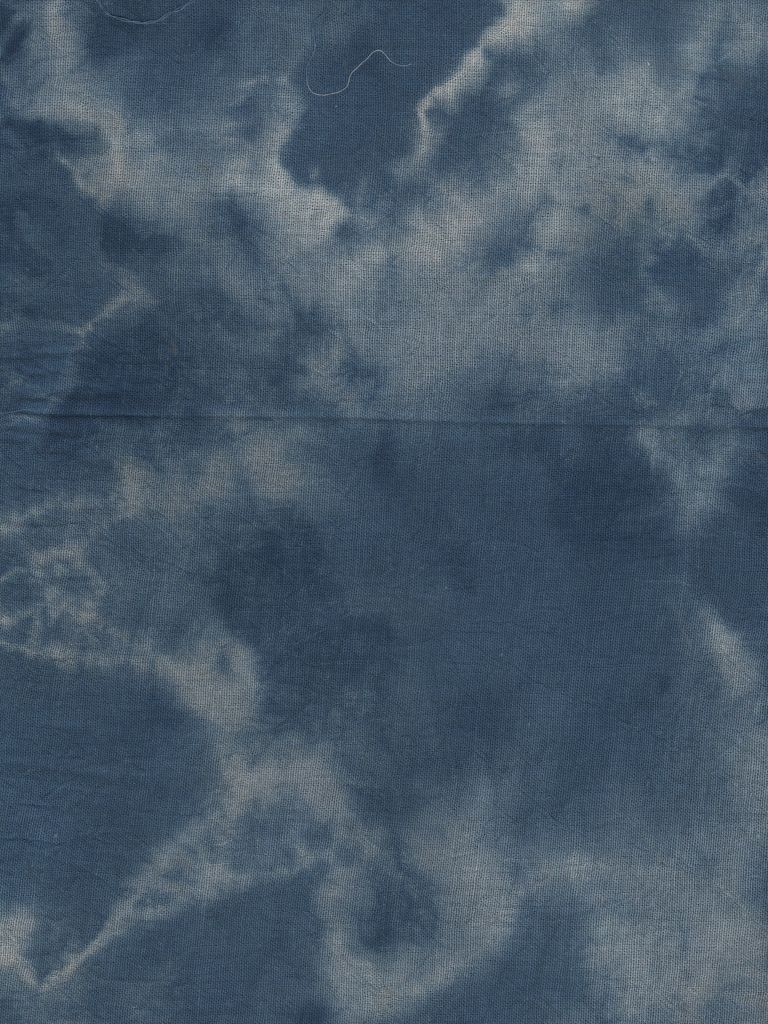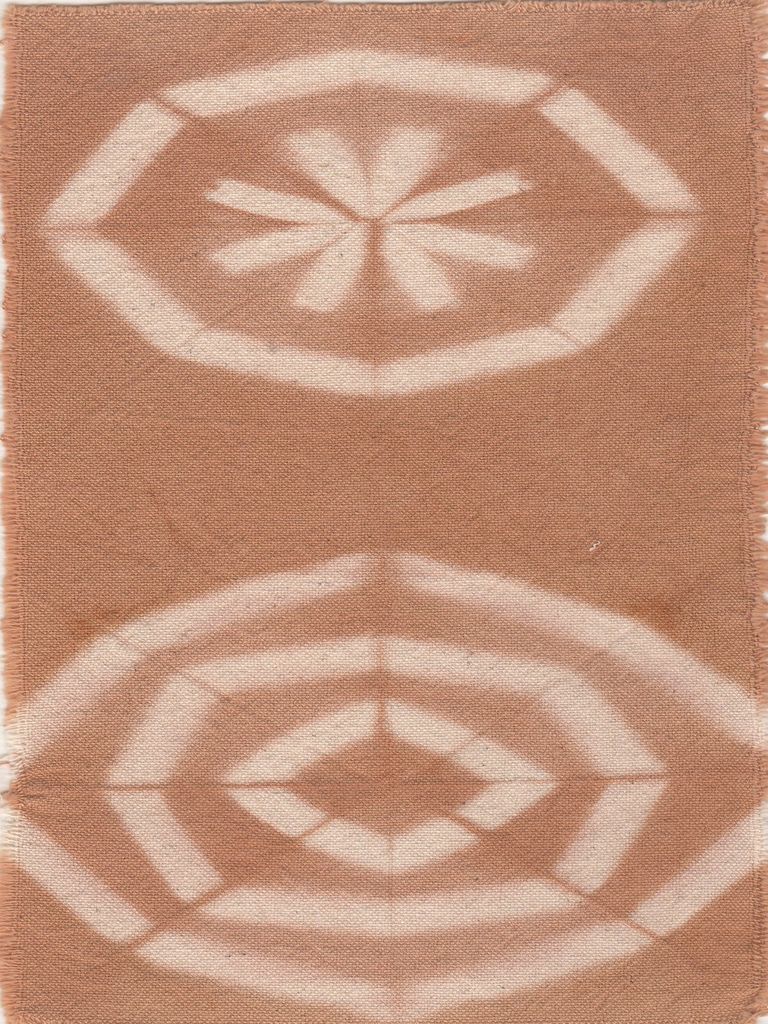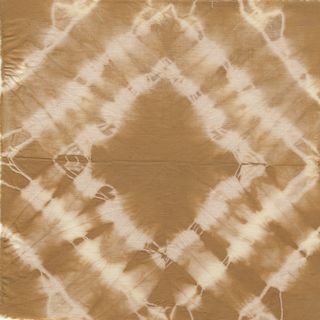Recognizing vegetable dyes
The method is based on natural vegetable dyes, dye roots, stems, leaves, flowers, fruits, dry wood extraction plant sap as a dye to dye linen, silk, wool, cotton and other natural fibers. (Chen Qianhui, 2002) Traditional Hakka area of a blue dye is vegetable dyes, vegetable dyes and the relationship of human life is quite close, many ethnic groups have their own dyeing techniques and materials, generally as vegetable dyes to dye materials are terrestrial plants based.
Classification of vegetable dyes
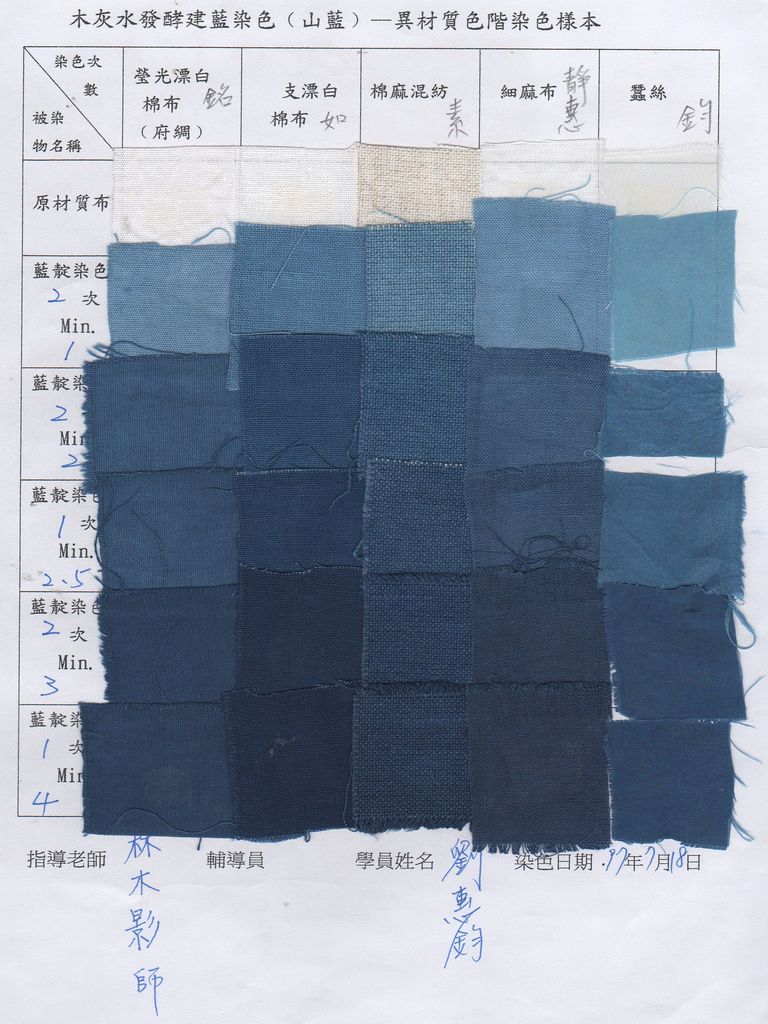
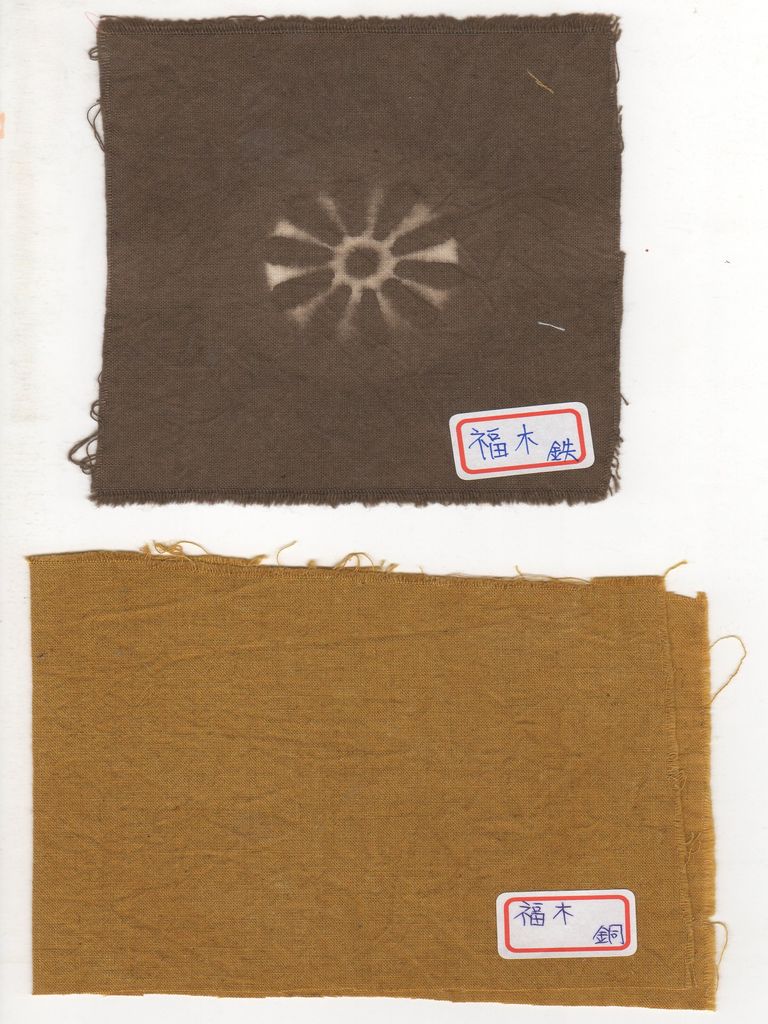
Vegetable dyes can be classified according to the temperature of the thermal dye stain with cold dye (blue dye, persimmon dyeing, dyeing Shulang) categories
Thermal dye categories: Most plants can make pigment extracted heat, thermal dye. Stained wood processing: collected peel or branches leaves clean, must be cut into pieces, allowing easier extraction of pigment. Stained timber, add water and cook for 30 minutes after boiling, you can filter dye impurities, plus boiled water again and the second dye extracted twice by adding dye into the dye pot.
Cold dye categories: persimmon dyeing, green persimmon contains a lot of tannin, can be used in everyday life as a folk medicine and dyeing, the persimmon juice also has a lot of gum, can strengthen and increase the strength of the fabric waterproof features, but also with anti- insects, mildew effect. Health persimmon juice dyeing process without heating, simply soaked pollutants placed in the hot sun, you can get natural color, energy saving and care. Shulang dye: Shulang is a perennial twining vine, rich tannins and gum, can be dyed red ocher and black paint, a large number of Han Chinese and indigenous people are using, in addition to a large number of Ranyi dyed yarns are dyed nets, because Shulang dyed fibers can enhance resilience and prevent seawater corrosion. Aizen: Aizen broadly refers to the use of blue dye staining techniques. A narrow blue dye refers to the use of natural indigo dyeing techniques performed.
Reference Source: (Mayu Xiu, 2008), (Chen Jinglin, Mayu Xiu, 2002), (Chen Jinglin, 2003).
Step vegetable dyes
Thermal dye dyeing steps: (1) the collection of dye (2) chopping stained wood (3) extraction of dye (4) filter dye (5) pollutants banding pattern (6) pollutants soaking water. (7) After pollutants into the dye and cook 20 minutes after transfection, picked wrung. (8) into the media dye soak for 20 minutes, and picked up wring. (9) again pollutants into the dye and cook 20 minutes after transfection, picked wrung. (10) flush. (11) dry complete.
Blue dye dyeing steps: (1) the dyed soaked (2) wring (3) disseminated <3 to 15 minutes each time, the number of multi-color depth> (4) Oxidation
Vegetable dyes and the effect of tying law introduced
Source:http://www.visualogic.com.tw/y-mu/col.htm






